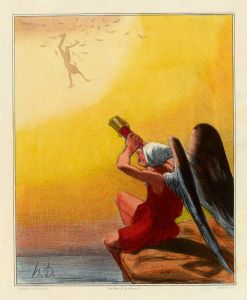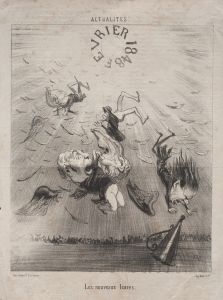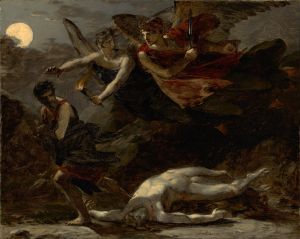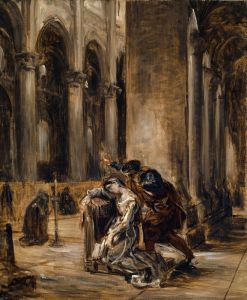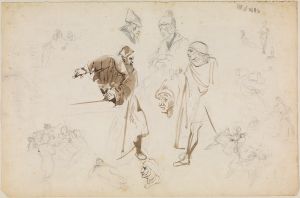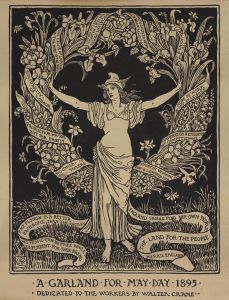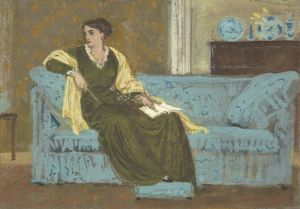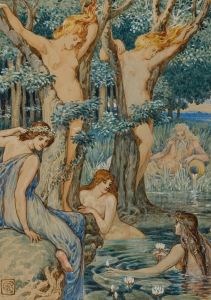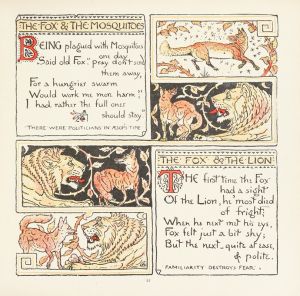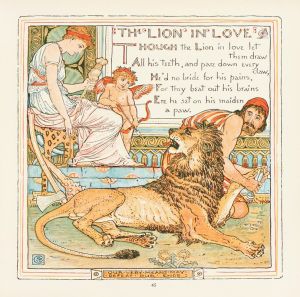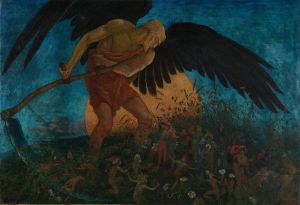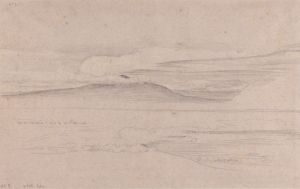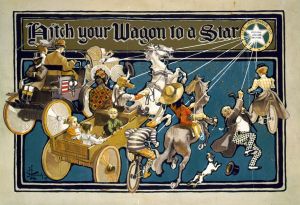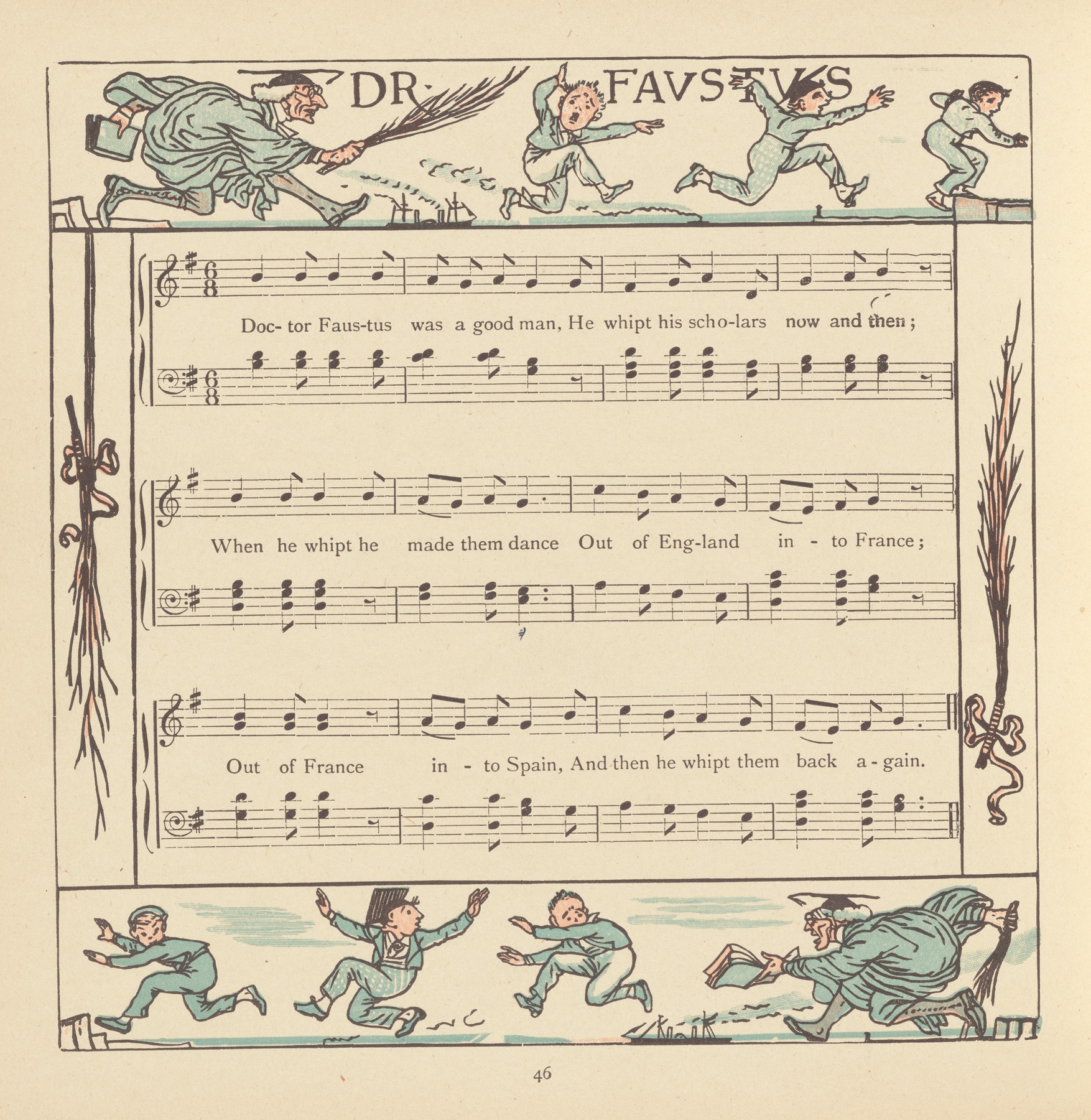
Dr. Faustus
A hand-painted replica of Walter Crane’s masterpiece Dr. Faustus, meticulously crafted by professional artists to capture the true essence of the original. Each piece is created with museum-quality canvas and rare mineral pigments, carefully painted by experienced artists with delicate brushstrokes and rich, layered colors to perfectly recreate the texture of the original artwork. Unlike machine-printed reproductions, this hand-painted version brings the painting to life, infused with the artist’s emotions and skill in every stroke. Whether for personal collection or home decoration, it instantly elevates the artistic atmosphere of any space.
Walter Crane (1845–1915) was a prominent English artist and book illustrator, known for his contributions to the Arts and Crafts Movement. His work often featured themes from literature, mythology, and fairy tales, and he was particularly noted for his illustrations in children's books. One of his lesser-known works is "Dr. Faustus," which reflects his interest in literary subjects and his skill in visual storytelling.
"Dr. Faustus" by Walter Crane is an illustration inspired by the legendary character of Faust, a figure who has been the subject of numerous literary and artistic works. The story of Faust, a scholar who makes a pact with the devil in exchange for knowledge and power, has been adapted by many artists and writers over the centuries, including Christopher Marlowe and Johann Wolfgang von Goethe. Crane's interpretation of this iconic tale is consistent with his style, which often combines intricate detail with a strong narrative element.
Crane's "Dr. Faustus" likely draws on the rich tradition of Faustian imagery, capturing the dramatic and moral complexities of the story. His work is characterized by a keen attention to detail and a vibrant use of color, which would have been employed to bring the characters and scenes of the Faust legend to life. As with many of his illustrations, Crane's "Dr. Faustus" would have been designed to engage the viewer's imagination, inviting them to explore the themes of ambition, temptation, and redemption that are central to the Faust narrative.
Walter Crane's artistic style was heavily influenced by the Pre-Raphaelites and the broader Arts and Crafts Movement, which emphasized craftsmanship and the integration of art into everyday life. His work often features elaborate patterns and a harmonious composition, reflecting his belief in the unity of art and design. In "Dr. Faustus," these elements would be evident in the way Crane constructs the visual narrative, using composition and detail to enhance the storytelling.
Crane was also known for his ability to convey emotion and drama through his illustrations. In "Dr. Faustus," this skill would be particularly important, as the story involves intense emotional and moral conflicts. Through his use of line, color, and form, Crane would have aimed to capture the psychological depth of the characters and the tension of the narrative.
While specific details about the creation and reception of "Dr. Faustus" by Walter Crane are limited, it is clear that the work fits within his broader oeuvre as an artist committed to storytelling and the decorative arts. His illustrations continue to be celebrated for their beauty and narrative power, and "Dr. Faustus" is a testament to his ability to bring literary subjects to life through art.
Overall, Walter Crane's "Dr. Faustus" exemplifies his artistic vision and his contribution to the visual culture of his time. Through his work, Crane not only illustrated stories but also enriched them, offering viewers a visual entry point into the worlds of myth and legend.





